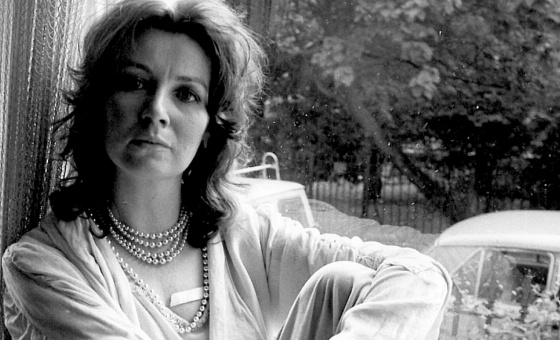This is the last article you can read this month
You can read more article this month
You can read more articles this month
Sorry your limit is up for this month
Reset on:
Please help support the Morning Star by subscribing here
Sons Of Kemet
Burn
(Naim)
What marvellously combustive music here. A cavorting tuba, two sets of crashing drums and a roaring tenor saxophone all full of powerful and rampaging sound, ready for a rumbling and subtly diverse sonic palaver, dedicated to unity.
They are the Sons Of Kemet, with the two young British drummers Tom Skinner and Seb Rochford - a phenomenon on tuba, lithe, melodic, of pounding breath and enormous dancing lungs - Oren Marshall, and the London-born and Barbados-bred reedman Shabaka Hutchings.
Hutchings began studying classical clarinet at nine, moved back to England, to Birmingham, at 16 where he got to know jazz, Soweto Kinch and Courtney Pine, who advised him to continue his classical training at the Guildhall School of Music to achieve greater mastery of his instruments.
He played with Tomorrow's Warriors, Gary Crosby's Nu-Troop and the late Abram Wilson's Sextet while also immersing himself in freer forms with Evan Parker, Pat Thomas and Louis Moholo-Moholo.
So the fertile Kemet, whoever he is, has fathered a quartet of storming minstrels.
I first saw and heard them at the 2013 London Jazz Festival on the Barbican free stage, when they were sitting in with and tutoring a large group of teenage musicians, the East London Creative Jazz Orchestra.
They were clearly inspirational to the young groovers, with Hutchings leading them - conducting, demonstrating, galvanising and contributing a fiercely free and beautiful solo at the session end.
Now their debut album Burn has a sense of excitation like a live performance, with a huge rhythmic impetus from Marshall and the drummers, and Hutchings and his horns in prime mettle.
The opening track is All Will Surely Burn, where the bass drums boom, Marshall's tuba gurgles deeply and defiantly and this formidable undertow gives the earth to Shabaka's anthemic tenor.
It is a glorious noise - rampant, almost mythical in its messaging, and towards the track's end there is a reverberating roar in the adenoidal colloquy between Marshall and Hutchings.
All bar one of the album's tunes were composed by Shabaka, and the second track, called The Godfather, features his clarinet, at times menacing, before Marshall's bestial tuba sounds seem to rise up from some subterranean lair.
There is a thundering interplay between the drummers, who strike their separate rhythmic foundations with both empathy and an extravagant unity.
Shabaka is back on tenor for Inner Babylon, perhaps in sonic harmony with the eschatological album sleeve image, where the inferno of a blazing city skyscraper fills the urban sky.
It's a strong theme with the tuba erupting below and the thrashing drums creating a controlled havoc.
The tuba's long blown notes open the worrisome Book Of Disquiet next with Shabaka's haunting and fading tenor creating a sense of strange desolation.
The pulse of the almost jaunty Going Home follows, Shabaka's contented clarinet like that of a long-absent returning troubadour.
Adonia's Lullaby is the quietest, most tender track, the drums forging a beautifully rocking rhythm, and the classical-sounding clarinet on Song For Galeano continues the gentleness, although the pounding drums are always close.
The muscled riff of Shabaka's tenor in Beware creates a leaping motion with Marshall's tuba puffing beneath and the drumsets virtually levitating, while all through The Itis the brass horn's bellowing howls make a zone of betweenity betwixt Shabaka's tenor and the ever-restless drummers.
The album closes with a deeply moving version of Rivers Of Babylon, which emerges from a ghostly windsound before a short, growling interlude from Marshall and Shabaka's lucid and echoing statement of melody follows, joined by the handstruck drums and the tuba's spectral obbligatoes.
There is a sense of the mythopoeic in the soundscape of the Sons Of Kemet, but brilliant and unique musicianship too in a startling amalgam of instruments with an abiding faith in each others' sonority.





